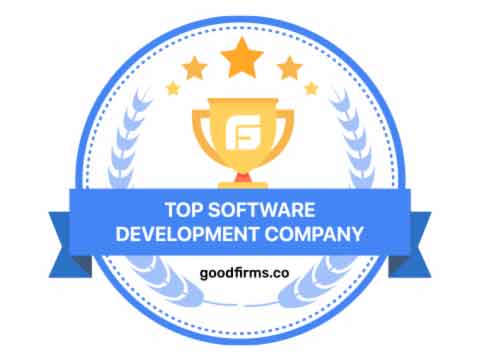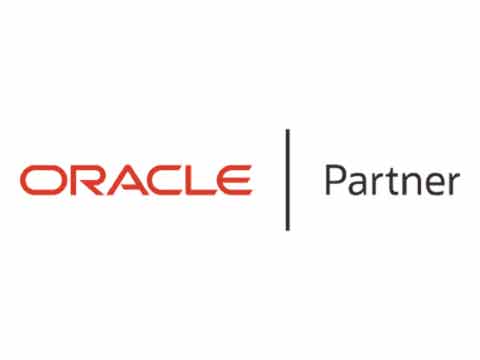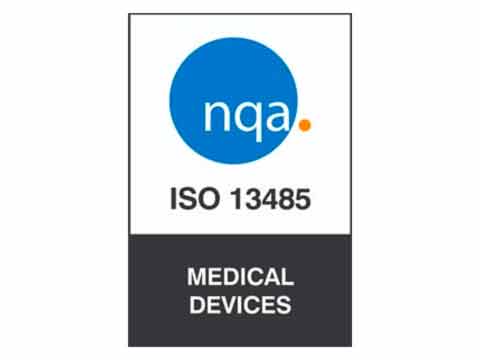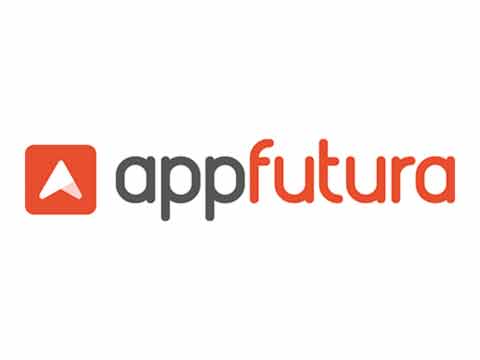This year’s Consumer Electronics Show (CES) Digital Health showcase did not disappoint. Once a small part of the overall show, it is now a major focal point – technology, consumers and healthcare go hand in hand. The latest advancements in medical devices, software, and artificial intelligence (#AI) were on display to improve individuals’ health in all sorts of ways.
So, what’s the biggest news from CES 2023 Digital Health? 🤩
Digital health is here to stay – not really a surprise, but true. More and more players are entering the market, and there is a growing shift from B2B to B2C. Digital health organizations recognize the need to demonstrate value with their products before approaching major corporations and healthcare organizations. Getting started as a wellness product not requiring regulatory approval may be a faster path to revenue and generating market interest, but the value is in regulated products.
All manners of products were on showcase including solutions to monitor, actively help and improve your well-being. New products to measure blood pressure, monitor sleep, and well, a couple of smart toilets caught the eye of the media. Not sure we really need smart toilets that monitor hydration and a few vitamins and minerals, but it’s coming to a home near you. With hearing aids available over the counter, a number of consumer vendors, like JLabs, highlighted cost-effective solutions for the hearing impaired. Hear DL showcased hearing aids with noise suppression connected to your smartphone. A product from alphabeats also caught our attention. It was an innovation award honoree this year and is a portable headband that monitors brain activity and uses music to help athletes enter a flow state. Can I use this for work too?
Aging at Home
With a proliferation of devices designed to measure all manners of biometric data points, the idea of aging at home is quickly accelerating to a tipping point. As the Baby Boomer generation is increasingly growing, the aging at-home market is poised for quick growth. Technology is improving to empower consumers to manage their health, allowing healthcare providers to monitor their patients remotely and, perhaps more importantly, allowing caregivers to better monitor their loved ones. A major challenge at home is secure device communication but the industry appears to be coalescing around the Matter protocol (Read more here: CSA-IOT.org). AWS and other major device manufacturers all made major announcements that their products will support Matter for in-home secure communication.
Telemedicine had its moment during Covid, and while its usage has declined a little, with aging in-home and more effective health monitoring, it will continue to be part of the healthcare delivery landscape. One company, NuraLogix Corporation, showcased their telemedicine solutions use of conventional video cameras using AI-based algorithms to identify a person and measure vital signs such as heart rate, blood pressure, stress levels, and blood sugar levels. Don’t think it’s FDA or EMA approved yet.
AI and Value
Healthcare data makes up a large percentage of all data collected globally. A recent Intel report estimated that healthcare data makes up one-third of all the data collected around the globe, yet roughly 95% of that data isn’t being used.
This is where smart home technology has the potential to exponentially increase the amount of data, as it provides new and often better ways to monitor a person’s health and well-being between office visits. For example, a smart toilet can measure hydration and key vitamins and minerals, but who is using this data?
AI capabilities can track and analyze user data, providing insights and value that would be otherwise difficult for medical professionals to obtain, monitor, assess, and make decisions. Voice recognition is also being used to predict and diagnose illnesses in real-time. While you may not talk to your doctor daily, you probably talk to Alexa or Siri frequently. What if those voice assistants could provide early warning signs around depression?
Privacy and Security
Privacy and security must be considered. With more data, comes more risk. With devices that become more capable to make changes to the human condition (e.g., pacemakers or automated closed-loop insulin systems), comes more risk. HIPAA protects patients if a covered entity uses the data, but many don’t realize FTC has a privacy mandate even if a covered entity is not engaged. Also, vendors must consider individual state legislation. Patient data must be kept secure and confidential.
Also, in the appropriations bill passed at the end of 2022, prior FDA guidance around cybersecurity is now law. Guidance around digital health, software as a medical device (#SaMD), and digital therapeutics #(#DTx) are improving within the FDA and EMA, but still needs work. We’ll be watching for how cybersecurity requirements shape up and how they impact the recent innovations unveiled at #CES.
What digital health technology caught your attention?
What digital health conference are you looking to attend next?











